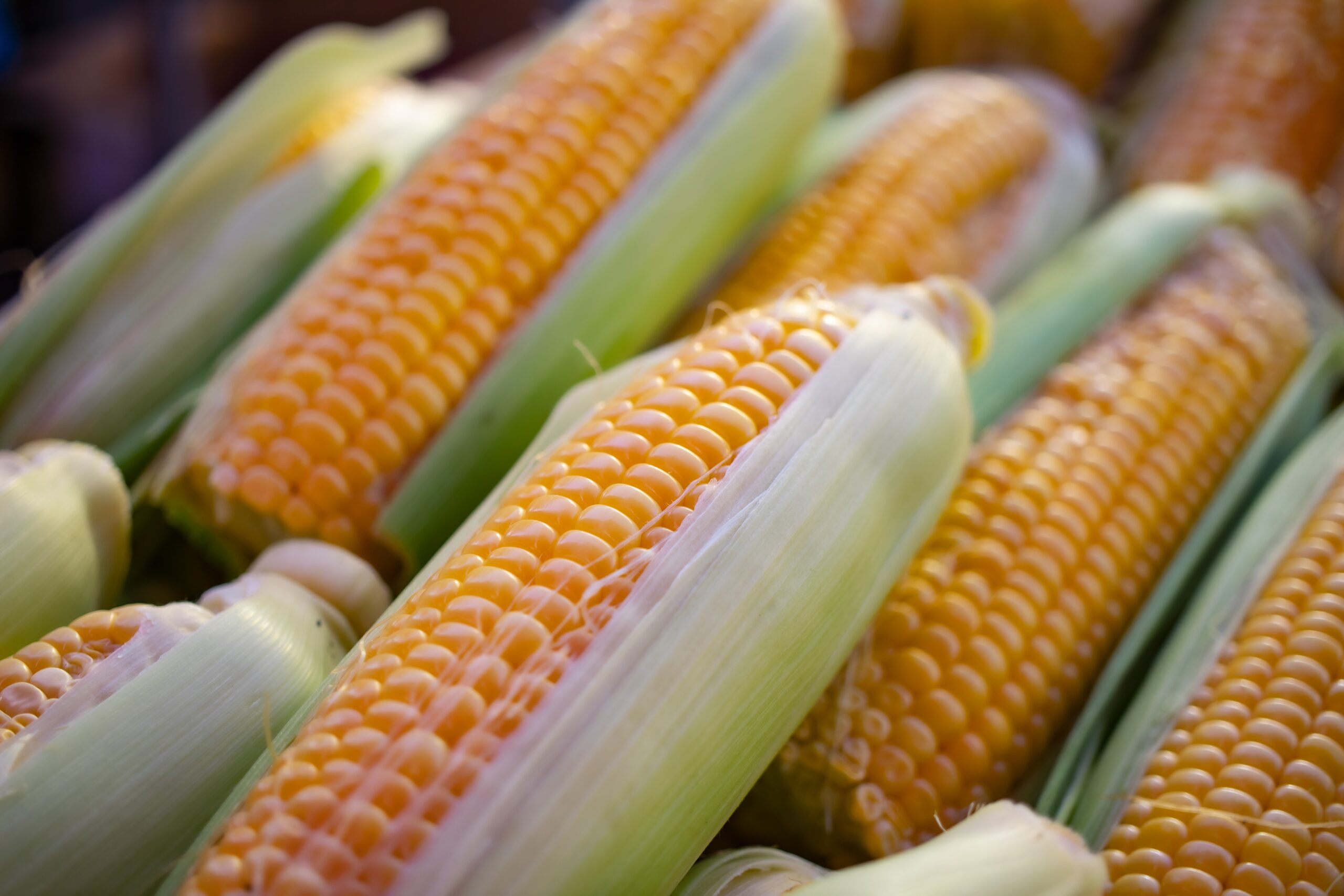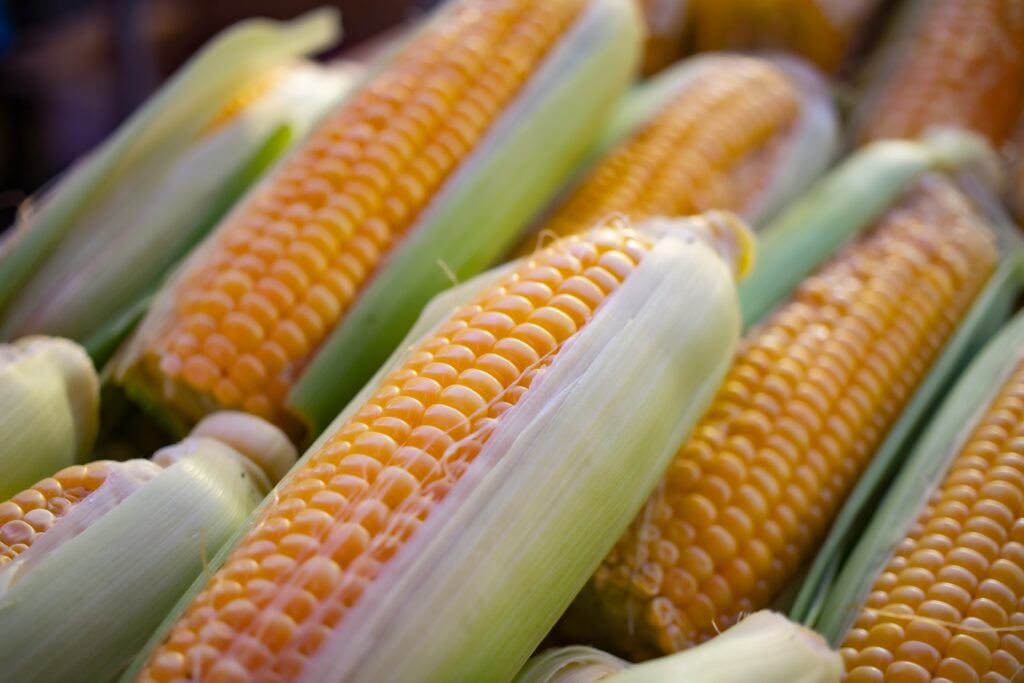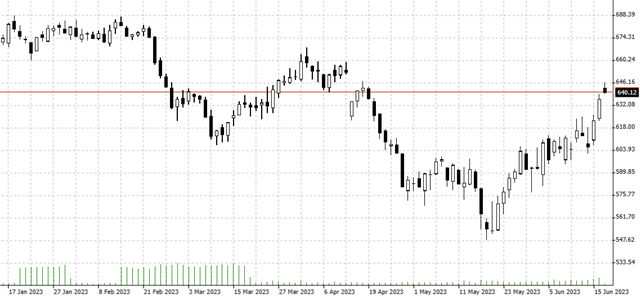

20.06.2023 – The price of corn has been running upwards again recently. The biggest drought in 30 years is jeopardizing the hitherto good harvest prospects in the USA. The U.S. Department of Agriculture (USDA) had actually forecast a record harvest of 15.3 billion bushels for this year. In recent years, many farmers have switched to varieties that tolerate drought better. Whether they will survive the current heat, however, is questionable. Now the market is looking hard at Brazil.
You can see the recent turnaround in the corn market well on the daily chart. You see corn from the U.S., specifically the July contract this year, which is traded on the Chicago Mercantile Exchange. The price is cents per bushel. A bushel of corn weighs 25.4 kilograms.

Source: Bernstein Bank GmbH
Newsweek magazine two weeks ago judged that an unusually dry May in the Midwest would likely drive up prices. The entire region from Texas to North Dakota and Ohio will be affected, it said.
Water shortages and declining quality
The blog “No Bull” just noted an unchanged situation, with about 57 percent of U.S. corn and 51 percent of U.S. soybean acreage in regions suffering from drought – up 12 percent week-over-week. The lack of water also affected grain quality, he said. For example, volume in the good/excellent category slipped 3 percentage points to 61 percent of volume versus 72 percent in the same period a year ago and to 69 percent of the long-term average. Only in 2019 had there been a worse figure of 59 percent.
Waiting for Safrinha
Now the news for the bears: however, “No Bull” questioned the extent to which the current harvest from Brazil could affect U.S. prices. In less than two weeks, the unofficial Brazilian export season for corn begins in July, he said. While U.S. shipments traditionally dominate the first half of the year, the second half belongs to the South American country, he said. The Safrinha variety is planted after soybeans, so it comes to market later in the year. According to “No Bull,” a record harvest is in the offing in Brazil. Indirectly, “No Bull” thus doubts the continuation of the small bull market.
Another price factor: The question of how much corn flows into the bio-diesel production will also be important. Traders should keep an eye on corresponding statements of the U.S. Environmental Protection Agency in the real-time news. And of course the weather forecast for the growing areas in the U.S. – as soon as heavy rain falls, prices are likely to fall. Whether long or short – Bernstein Bank wishes successful trades and investments!
_______________________________________________________________________________________________
The content of this publication is for general information purposes only. In this context, it is neither an individual investment recommendation or advice nor an offer to purchase or sell securities or other financial products. The content in question and all the information contained therein do not in any way replace individual investor- or investment-oriented advice. No reliable forecast or indication for the future is possible with respect to any presentation or information on the present or past performance of the relevant underlying assets. All information and data presented in this publication are based on reliable sources. However, Bernstein Bank does not guarantee that the information and data contained in this publication is up-to-date, correct and complete. Securities traded on the financial markets are subject to price fluctuations. A contract for difference (CFD) is also a financial instrument with leverage effect. Against this backdrop, CFD trading involves a high risk up to the point of total loss and may not be suitable for all investors. Therefore, make sure that you have fully understood all the correlating risks. If necessary, ask for independent advice. CFDs are complex instruments and are associated with the high risk of losing money quickly because of the leverage effect. 68% of retail investor accounts lose money trading CFD with this provider. You should consider whether you understand how CFD work and whether you can afford to take the high risk of losing your money.7
